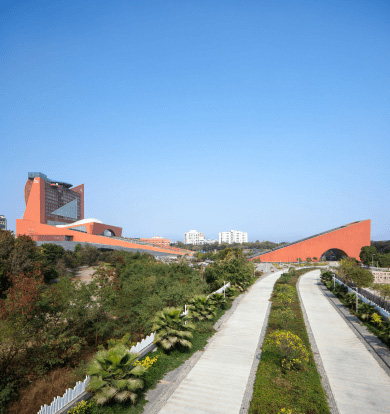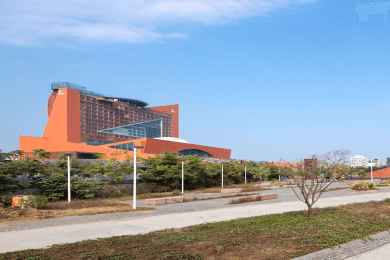
The attempts to create public architecture, which endows a contemporary value to past events, but stands its ground with a ‘new-found’ institutional identity, reflecting the polarized views of civic authorities, curators, historians and the general public. Inserted as an anchor point on one of the principal nodes of the city, the site is a contemporary landmark that aspires to influence the surrounding urban fabric.


The museum is an experience in space design with the depiction of Jayaprakash Narayan as a chronological narrative of a linear journey. It is divided into two zones; the zone of absorption and the zone of reflection.


As the names suggest, these spaces enable absorption of information triggering curiosity and contemplation which then is expected to lead to reflection and assimilation. Thus, the museum is not just a container that preserves frozen albeit inspiring moments of past but breeds them and ensures that they percolate into current reality, and lay the foundation for the future. While various exhibits and narratives remain center stage, the building offers surfaces, volumes and elements as tactile backdrops.

